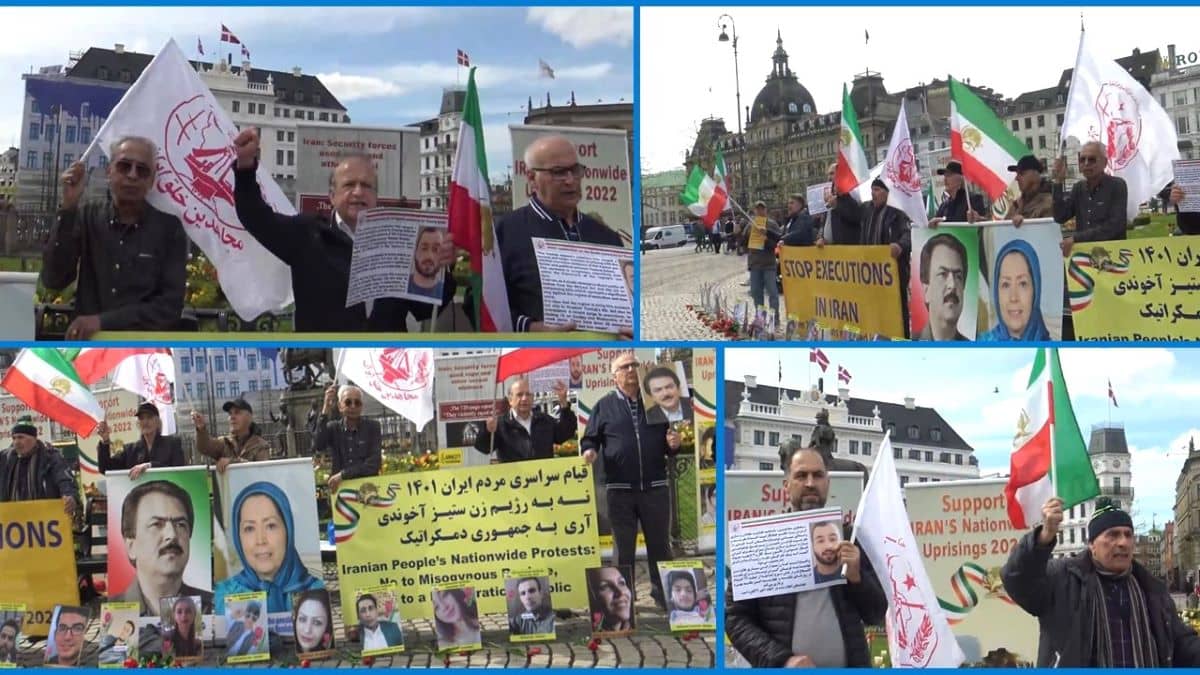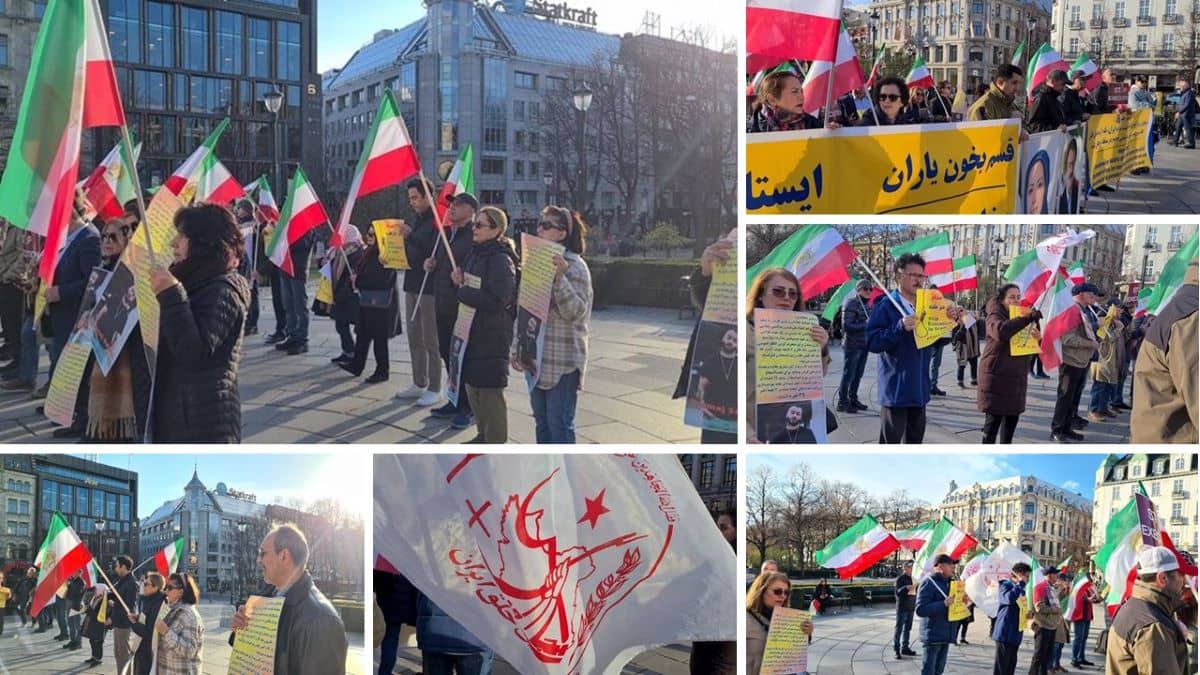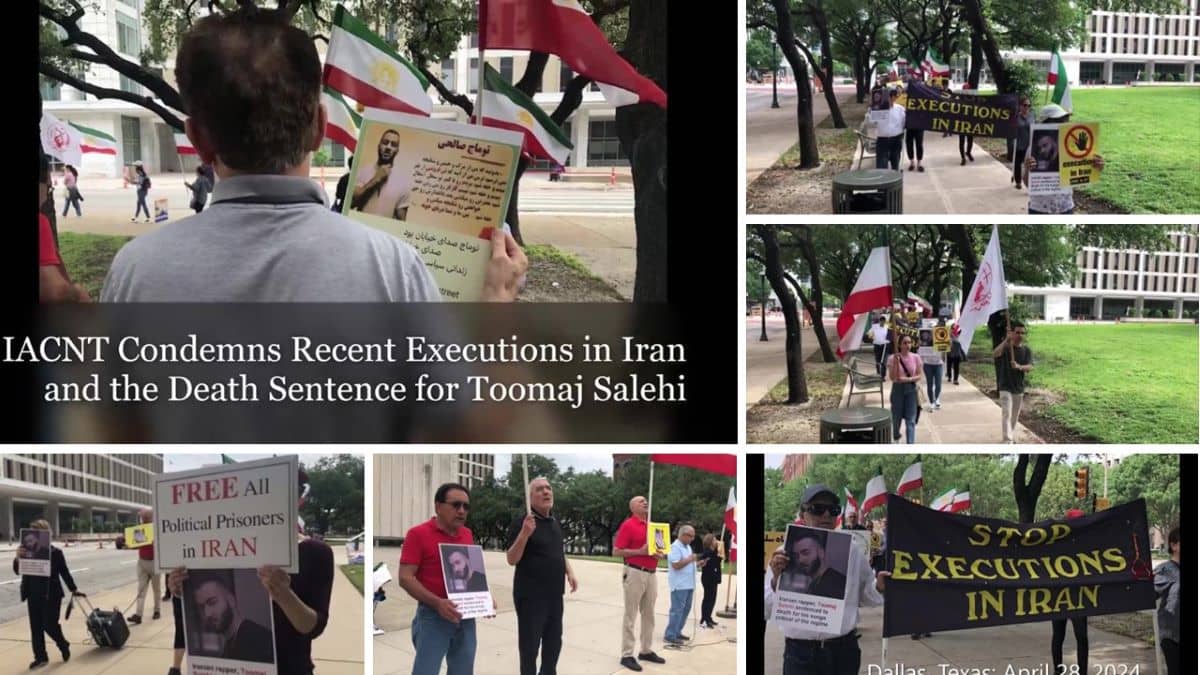By Mahdavi Nasim
veil&hijab :Shocking video footage of a young woman being wrestled to the floor by Iranian “morality police” because her hijab was loose has sparked outrage after it was posted online.
The two first engage in a verbal dispute. Insults are exchanged. Then the police officer is seen pushing the woman to the ground and striking her while the woman’s friends appear to try to help her.
I was personally told by a [police] officer at the Saee Park [in Tehran], “Go to the zoo among the animals, you belong there. “She said.
“Let her go!” they say. The woman is also heard screaming: “Let me go! Let me go!”
The woman is later seen lying on the ground, with one of her friends saying, “Her heart hurts.”
https://twitter.com/mahdavi85/status/988150096863916035
History of Islamic Hijab in Iran:
Women’s dress has been heavily scrutinized in the Islamic republic since the 1979 revolution, when adherence to an Islamic dress code became compulsory. The dress code dictates that women’s hair and body must be covered in public.
In the Islamic Republic of Iran, Khomeini severely curtailed rights that women had become accustomed to under the shah. Within months of the founding of the Islamic Republic of Iran, the 1967 Family Protection Law was repealed; female government workers were forced to observe Islamic dress code; women were barred from becoming judges; beaches and sports were sex-segregated; the legal age of marriage for girls was reduced to 9 (later raised to 13); and married women were barred from attending regular schools.
Almost immediately women protested these policies. But The Islamic ruling is ideologically committed to inequality for women in inheritance and other areas of the civil code; and especially committed to segregation of the sexes. Many places, from “schoolrooms to ski slopes to public buses”, are strictly segregated.
On 8 March 1979, more than 100,000 women gathered on the streets of the Iranian capital to protest against the new Islamic government’s compulsory hijab ruling, which meant that women would henceforth be required to wear a headscarf when away from home. The protest was held on International Women’s Day, and the images show women from all walks of life — nurses, students, mothers — marching, smiling, arms raised in protest.
They created a moral police force to enforce this law Morality police launch regular crackdowns on those who do not fully respect rules relating to the hijab
Over the past four decades, tens of thousands of women have been harassed, detained, fined, or even sentenced to jail terms for being insufficiently covered.
What is the hijab?
The hijab today in Iran includes the choice of either a chador or a manteau and veil. The chador is a highly modest, usually black or dark outfit that covers the top of a woman’s head and loosely covers her body to her feet. The manteau is a long top similar to a trench coat. “The dress needs to be appropriate according to the Islamic custom of hijab (veil): women are not required to be veiled in front of ‘mahram’ relatives such as husband, father, son, brother, but are required to be “modest” if they are likely to be seen by ‘no-mahram’ males”.
From Iranian point of view what is the bad hijab?
“Bad hijab” ― exposure of any part of the body other than hands and face – is subject to punishment of up to 70 lashes or 60 days imprisonment, the Tehran police, (which is under Supreme Leader Ali Khamenei’s supervision), began the most fierce crackdown on what is known as “bad hijab” in more than a decade. In the capital Tehran thousands of Iranian women were cautioned over their poor Islamic dress and several hundred arrested.
Moral police have recently stepped up their actions against women, including 29 women arrested against hijab protests.
Compulsory veiling is violation of international law
Under international law, Iranian legislation on compulsory veiling is a clear violation of a number of key human rights. It is deeply discriminatory with relation to women and girls, who are its direct and sole target. Such compulsion in law also violates the rights of women and girls to freedom of expression, thought, conscience, religion and privacy, and the specific rights of children.
Why does the Iranian regime suppress women in the name of Islamic law?
Iranian women are a significant part of Iranian society. They are very progressive and educated. They played an important role in the 1979 revolution, but when Khomeini took power he knew that without repression and limitation of women, he could not impel the people to obey his own inhumane laws in Iran. Khomeini made his first step in restricting women under the name of Islam. Because in this way he could justify the continuous blatant presence of his oppressive forces in society under the pretext of ‘Promotion of Virtue and the Prevention of Vice’.
The first political entity that opposed Khomeini’s anti-human and anti-women laws was the People’s Mojahedin Organization of Iran (PMOI/ MEK). They are the core group of the National Council of Resistance of Iran (NCRI) led by Maryam Rajavi, a Muslim progressive woman, who has declared a 10 point plan as a platform for future of a free Iran. Mrs. Rajavi has attempted to advance the idea of gender equality because she deeply believes there is no difference between suppression of woman by the fundamentalists and despotism in the society as a whole.
A significant portion of Mrs. Rajavi’s platform refers to the women’s rights as follow,
An outline of the Iranian Resistance’s viewpoints on women’s rights in tomorrow’s Iran is declared as follows:
- Fundamental freedoms and rights
- Women shall have the equal right to enjoy all human rights and fundamental freedoms;
- Irrespective of their ethnicity, religion, social class or demographics, women everywhere, in whatever village or city, must have the same rights as men in all economic, social and political spheres. Discrimination against women must be abolished in all its forms (2).
- Women are free to choose their place of residence, occupation, and education. They must have the opportunity to travel freely, have the right to freely choose their clothing and spouse, and have the right to leave the country, to obtain foreign citizenship, to devolve citizenship to their children, to divorce, and to obtain custody and guardianship over children(3).
- Belief in a specific faith or religion must not count as a factor to degrade any women or to prevent them from access to employment opportunities or educational and judicial resources.
- Equality before the law
- Women must enjoy protection of the law equal to men (4).
- Women must enjoy access to guaranteed judicial recourse in the face of violence, rape, discrimination and deprivation of liberty.
- Women must have equal rights as men before the courts.
- Courts must view testimonies and affidavits submitted by women as equal in weight to those submitted by men.
- The legal age for girls shall be 18. Prior to this age, girls shall not be subject to criminal punishment;
- Freedom of choosing one’s own clothing
- Women are free to choose their own clothing. Government interference in this regard is prohibited.
- The law of forced veiling shall be repealed (5).
- Laws that prescribe administrative punishment for lack of veiling of female workers or employees shall be repealed (6).
- Written or unwritten laws on controlling the clothing or behavior of women under the rubric of “mal-veiling,” which have violated Iranian women’s right to freedom and security, shall have no place in tomorrow’s Iran.
Mahdavi is an Author, Reporter, and Opposition Activist to the Iranian regime. He writes articles for http://www.iranfreedom.org/en/. You can follow him on Twitter @mahdavi85





